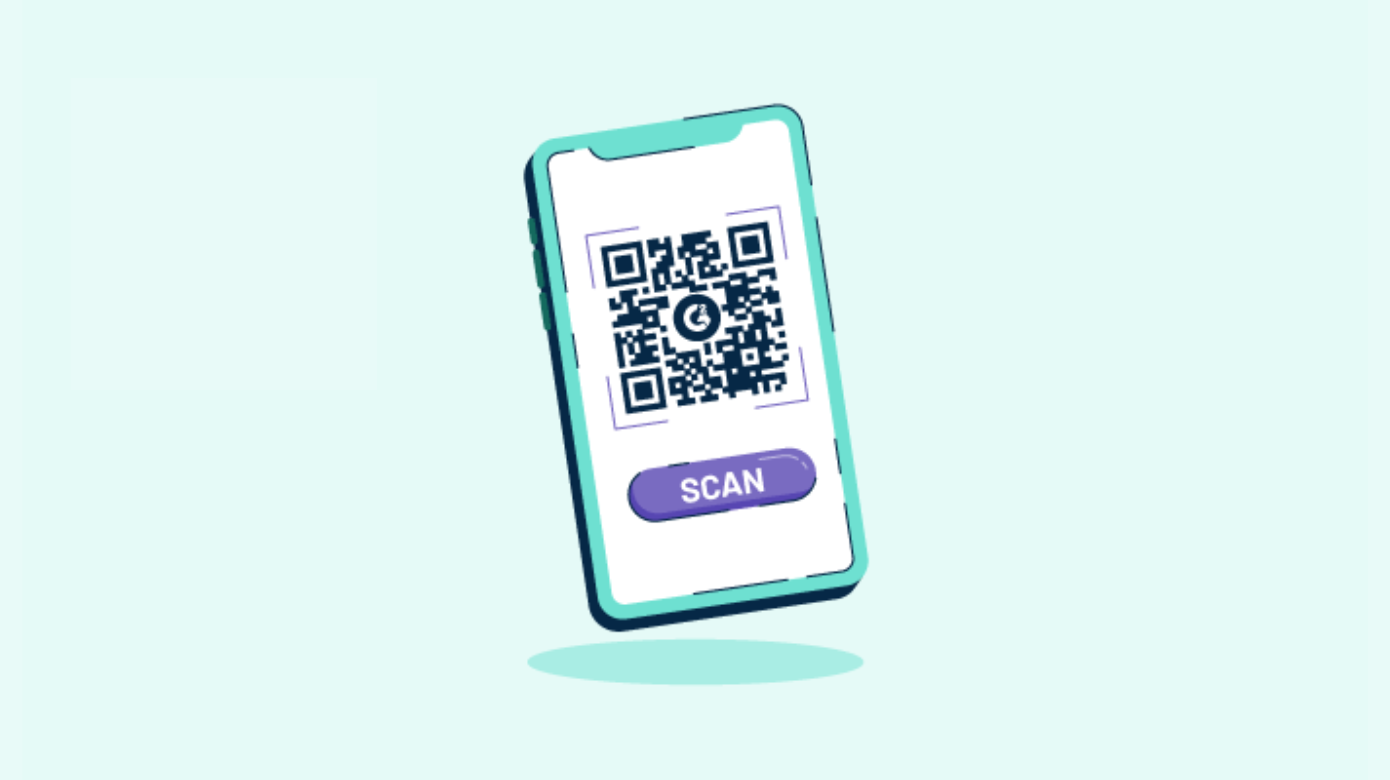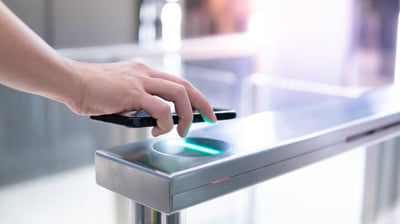
Back in 2020, QR Codes made a dramatic comeback.
By 2023, they had become the norm in payments, marketing, and product authentication. Now, in 2025, they’re a business imperative. What started as a trend has now taken over, so the question really is: Are you ‘keeping up with the QR code’?
QR codes are no longer a scan-and-see tool. They’ve become a business necessity, and yet most brands haven’t yet unlocked the full potential of this technology. More brands need to go beyond the QR code as a gimmick mindset and start developing a QR code strategy that impacts customer engagement, loyalty, streamlines operations, and much more.
In this blog, we break down 50+ powerful statistics around QR codes that will nudge you to reimagine how you use the tech. With intuitive tools like QR code generators, they aren’t just a tool; they’re the future of digital engagement.
Not so long ago, QR codes were considered a marketing gimmick. People tried them because they were new, not because they worked.
But today, each scan represents the conscious choice of the consumer. They’re curious, waiting, even excited. While emails get ignored and push notifications get swiped away, each QR code scan is the user saying, “surprise me!”, eager to engage. Here’s the data to back it up:
Consumers are using QR codes to quickly access valuable information, whether it’s checking ingredients, making payments, or verifying authenticity. The most common scans reveal a demand for convenience, trust, and instant access to rewards:
Relevance is key. People are more likely to scan QR codes that provide immediate value: clear use cases, high-quality design, and trustworthy environments. Successful brands know that design, context, and clear branding can turn a simple scan into a lasting engagement.
In 2023, the marketing and advertising industries recorded a 323% rise in QR code scans. This surge reflects how QR codes are increasingly embedded across industries, from retail to healthcare, finance, and food and beverage (F&B). Brands that integrate them into their operations are seeing tangible benefits, whether it’s streamlining checkout, enhancing customer trust, or driving conversions.
With the battle for QR code adoption almost won, the real challenge lies in its implementation. Brands must meet customers’ expectations, go beyond traditional use cases, and leverage QR codes strategically — or risk being left behind.
Large enterprises are the QR code market leaders, embracing this technology to bridge the physical-digital divide. Recent data shows that 58% of them manage over 1,000 QR codes, highlighting one phenomenal insight: they’re converting every possible physical asset into a digital touchpoint. This means every product, sales, marketing channel, or platform becomes a source of data-rich conversations.
Implementation has taken on a whole new meaning as QR codes have become part of the business infrastructure, facilitating payments, streamlining logistics, and powering the entire customer journey, as opposed to being just another marketing tool. Here’s what the data tells us:
Despite their growing use, businesses still face challenges, like technical complexities, security concerns, and leadership skepticism.
Businesses that hesitate to invest in QR codes are getting left behind. Those who get it right, the numbers speak for themselves.
Brands that successfully implement QR codes at scale unlock higher engagement, stronger customer interactions, and measurable business impact. Let’s look at what factors influence QR code performance.
A QR code is only effective if it delivers. Simply placing it isn’t enough, its real impact is determined by its relevance, value to the user, timing, etc. What are some key factors that drive engagement, conversion, and impact? The data below tells the story:
QR codes have evolved from a see-and-scan tool to high-intent engagement drivers. But how can enterprises truly unlock their potential? As technology advances, the future of QR codes looks even more interactive and AI-driven.
The future of QR codes is highly experiential. This black-and-white square will be a gateway that transforms the way we interact with products and spaces.
According to the State of QR Codes Report 2025, augmented reality codes (AR-QR codes), advanced personalization, and sustainability-focused QR codes will give brands the competitive edge. Over 90% of business leaders anticipate increased QR adoption across industries, with key innovations shaping the next 18 months of QR technology.
As brands move beyond the old divide between physical and digital, the real game-changer is creating ‘phygital’ experiences. In 2025 and beyond, QR codes are the intelligent gateways to instant, data-driven experiences. And customers? They’re ready to be wowed.
The customer engagement playbook has been rewritten — in black and white squares. The brands that recognize this shift and invest in a future-ready QR strategy today will be the ones winning the customer experience battle tomorrow.
Looking to boost engagement with every scan? Discover the best six QR code generator software and find the right tool to turn curiosity into action.
Shruti Nair is an SEO Outreach Specialist at G2, where she bridges the gap between technology and content to help brands gain visibility and traction. With a passion for emerging tech, and storytelling, she’s always exploring fresh ways to connect ideas with audiences. When she’s not optimizing search strategies, you’ll find her experimenting in the kitchen, immersed in a novel, or dancing to her favorite beats.
Today's smartphone-centric world is becoming more familiar with QR codes.
 by Arpith Arun
by Arpith Arun
When my friend opened his café, he was all about convenience. He wanted online menus, quick...
 by Washija Kazim
by Washija Kazim
You’re at a restaurant. The waiter points to a laminated card that says, “Scan for menu.” You...
 by Harshita Tewari
by Harshita Tewari
Today's smartphone-centric world is becoming more familiar with QR codes.
 by Arpith Arun
by Arpith Arun
When my friend opened his café, he was all about convenience. He wanted online menus, quick...
 by Washija Kazim
by Washija Kazim


